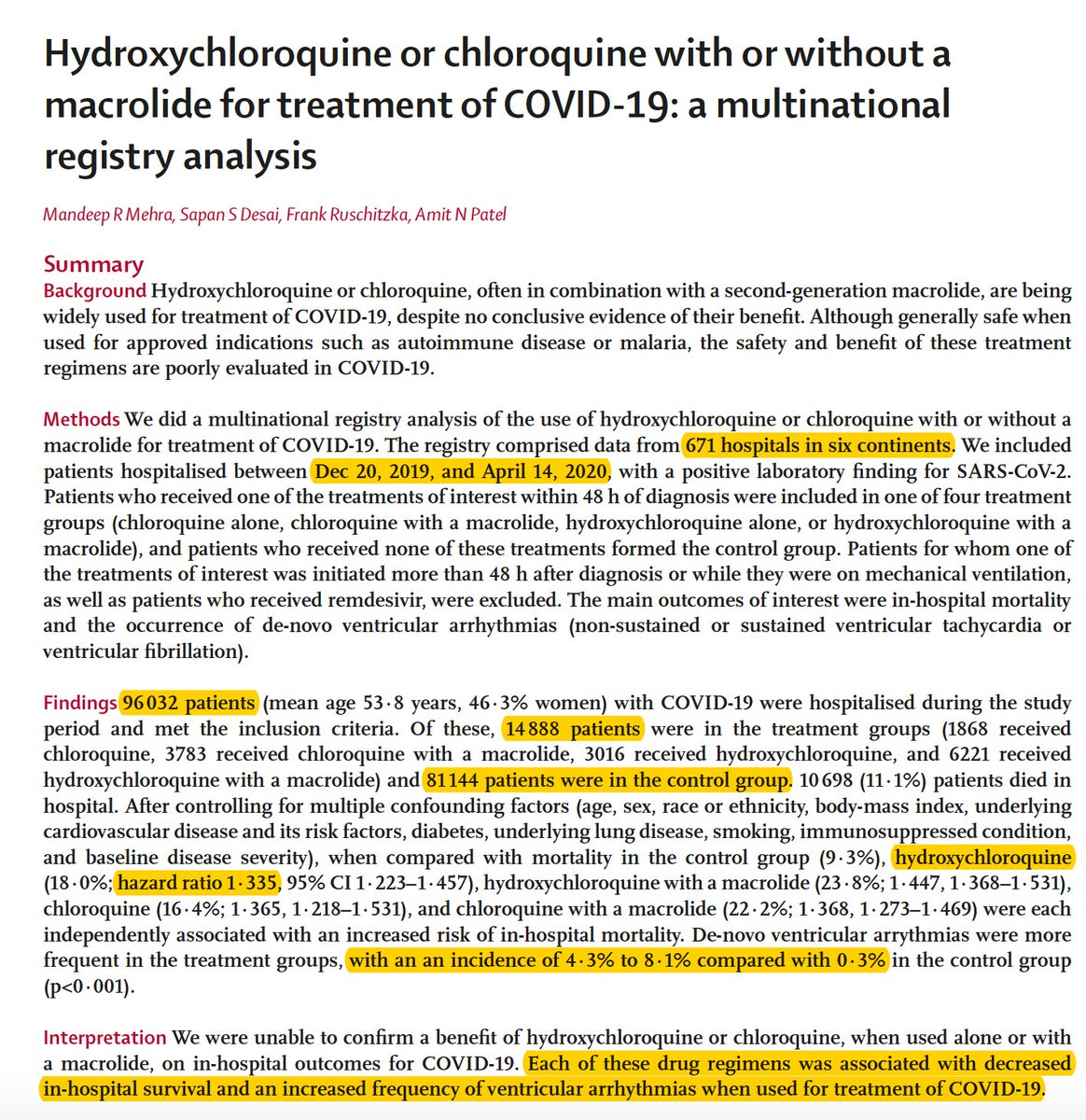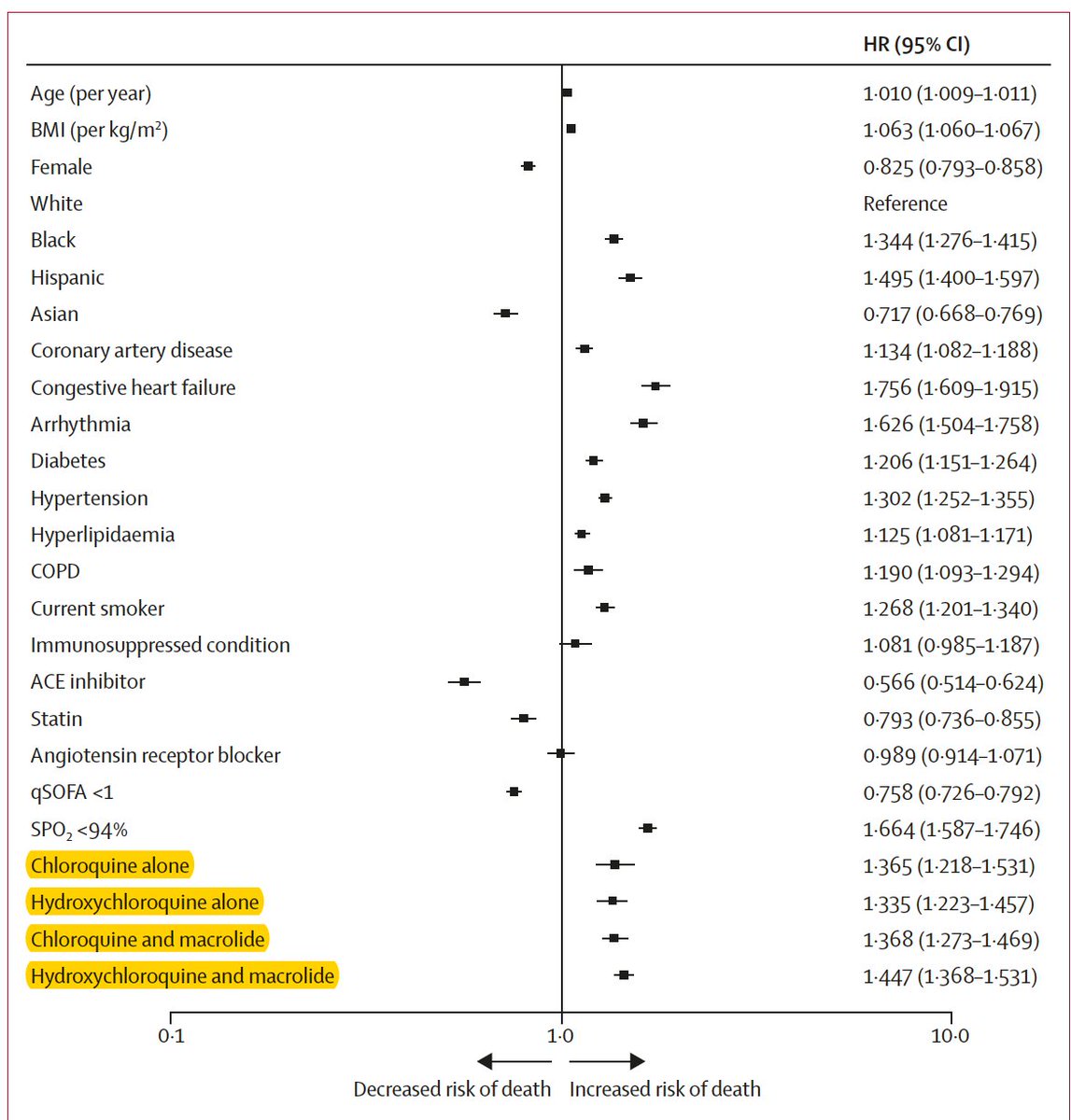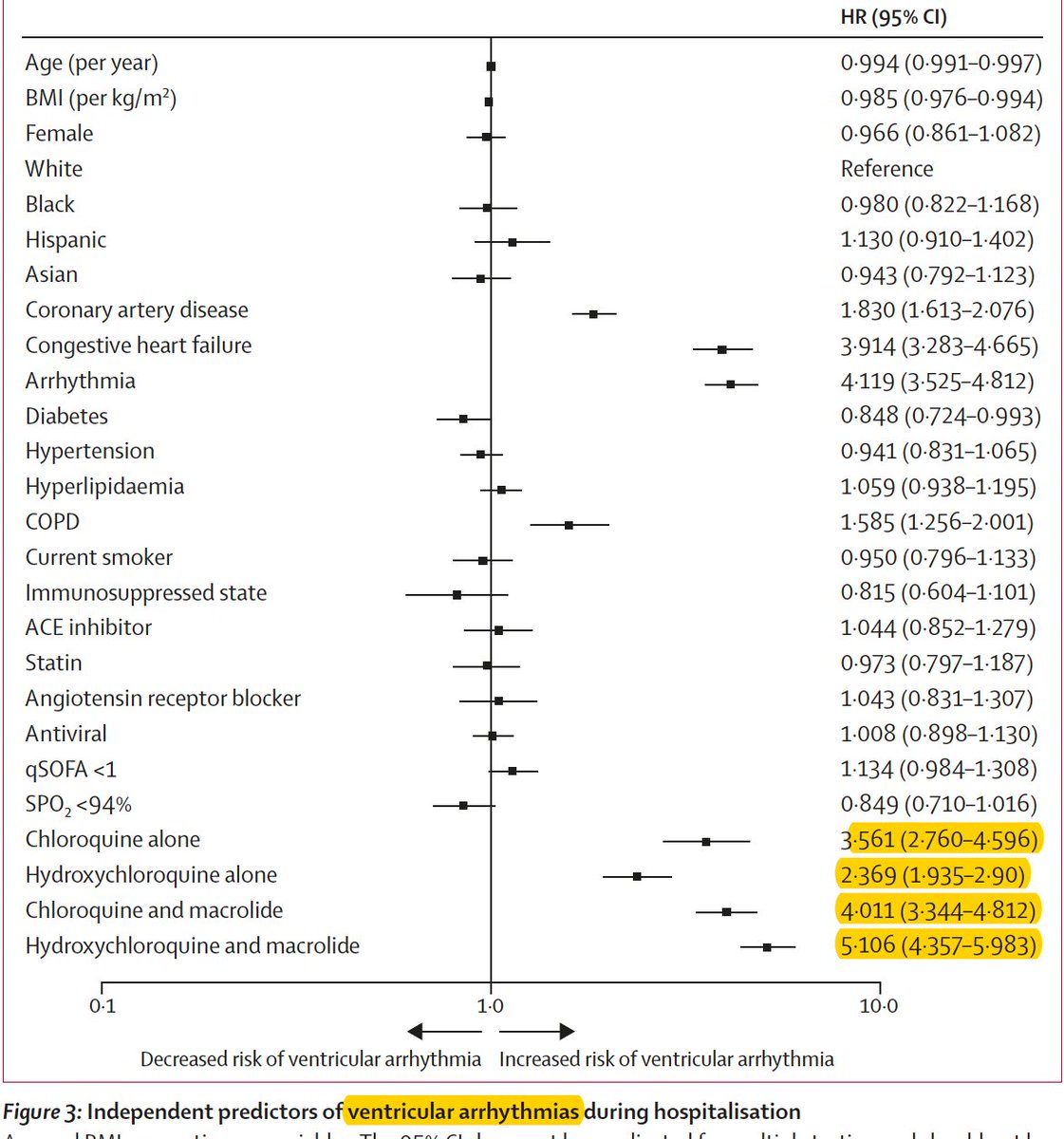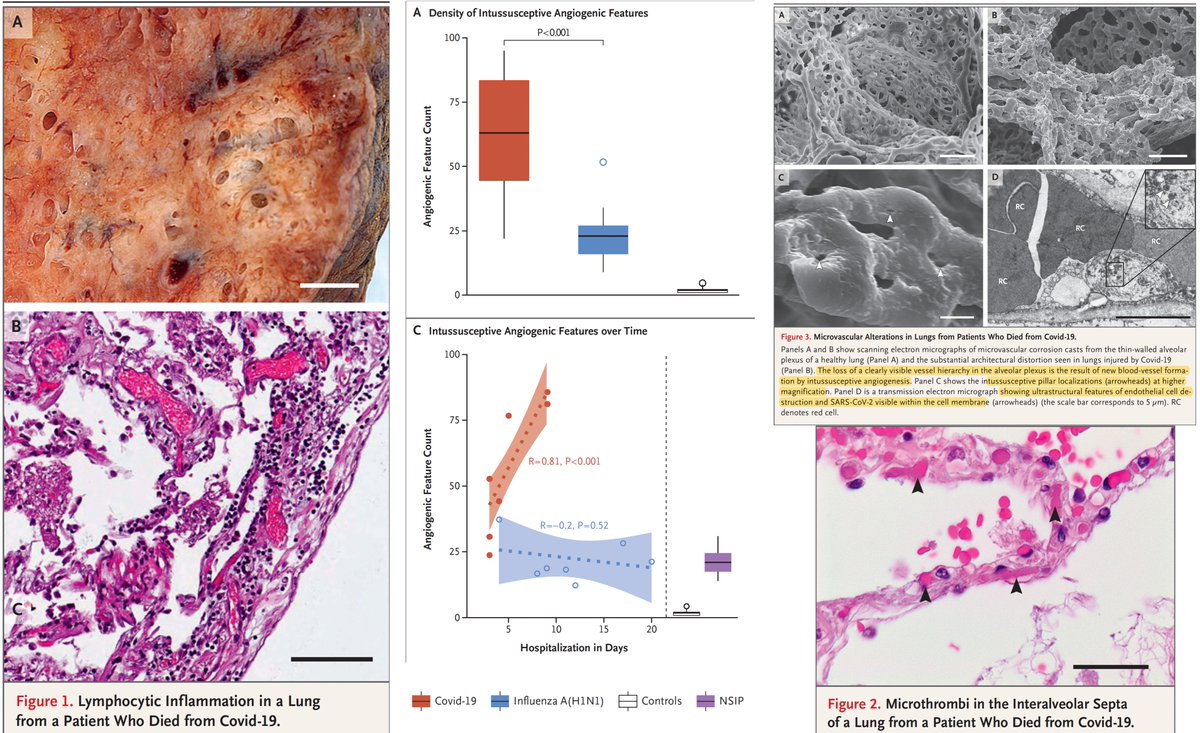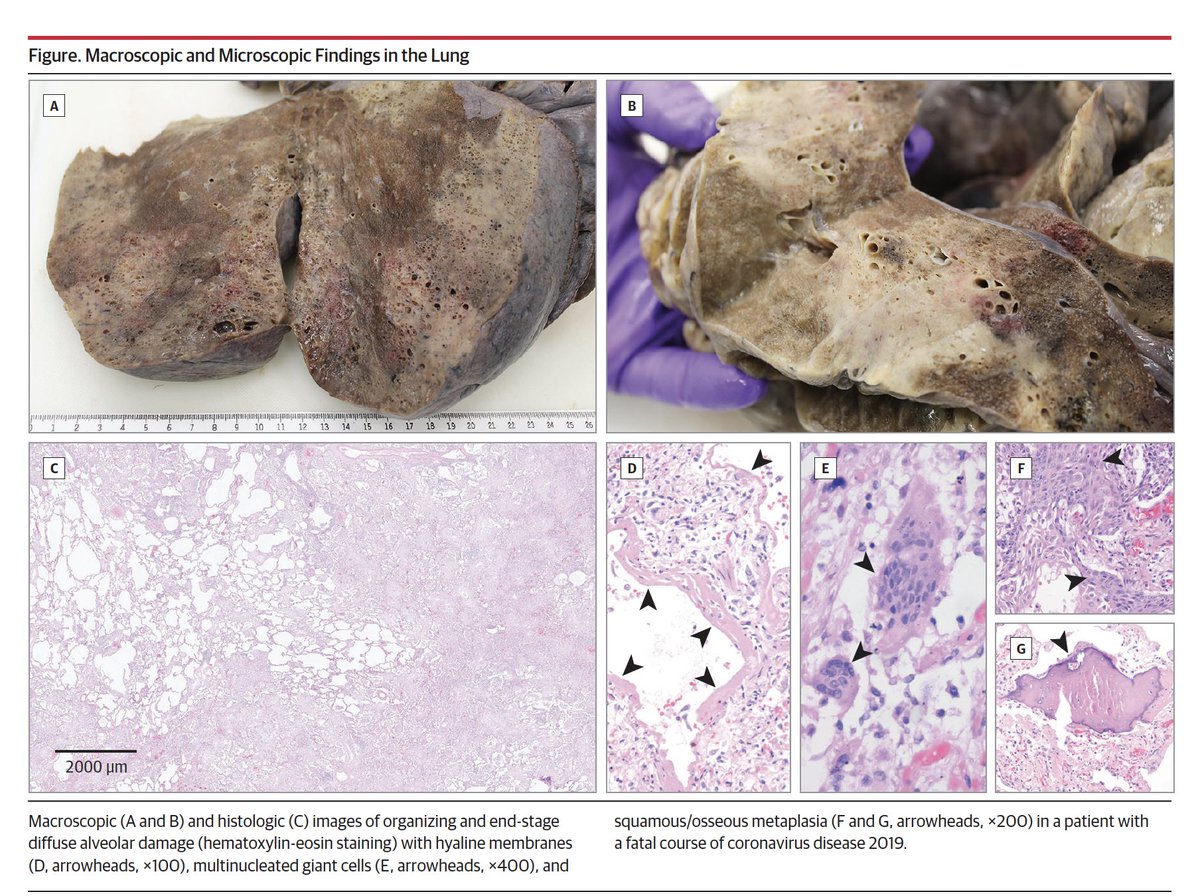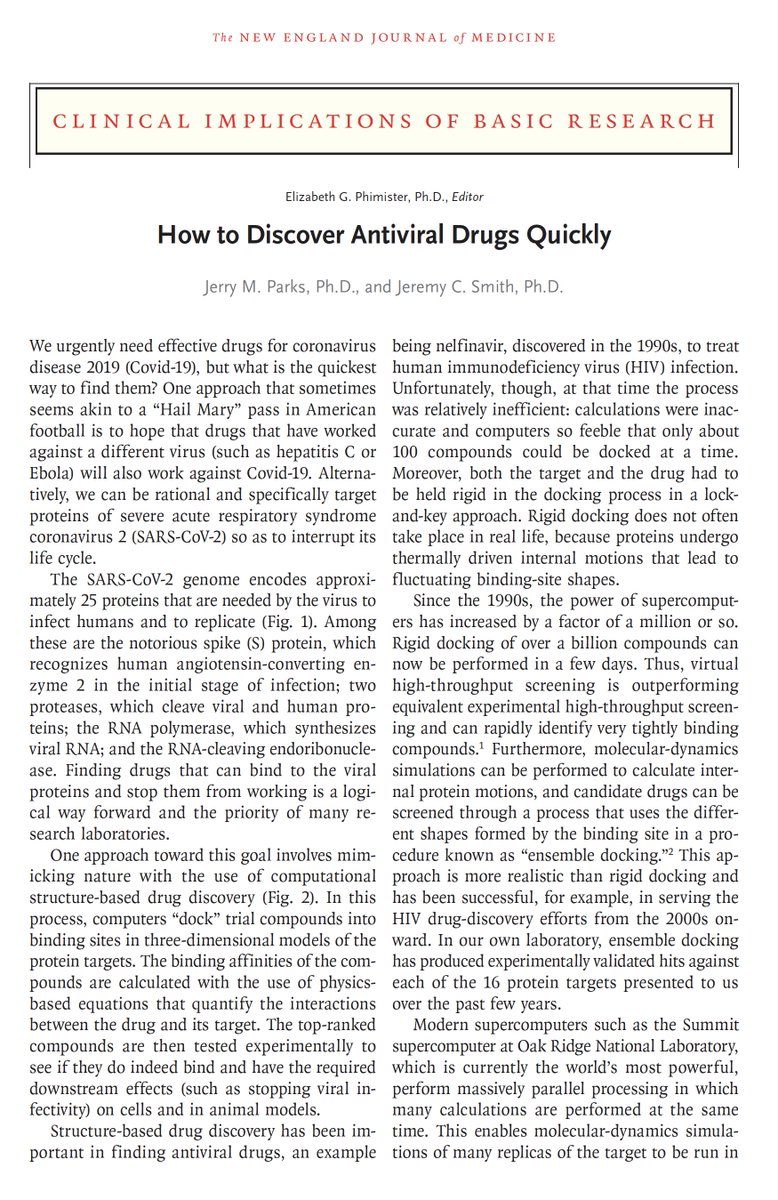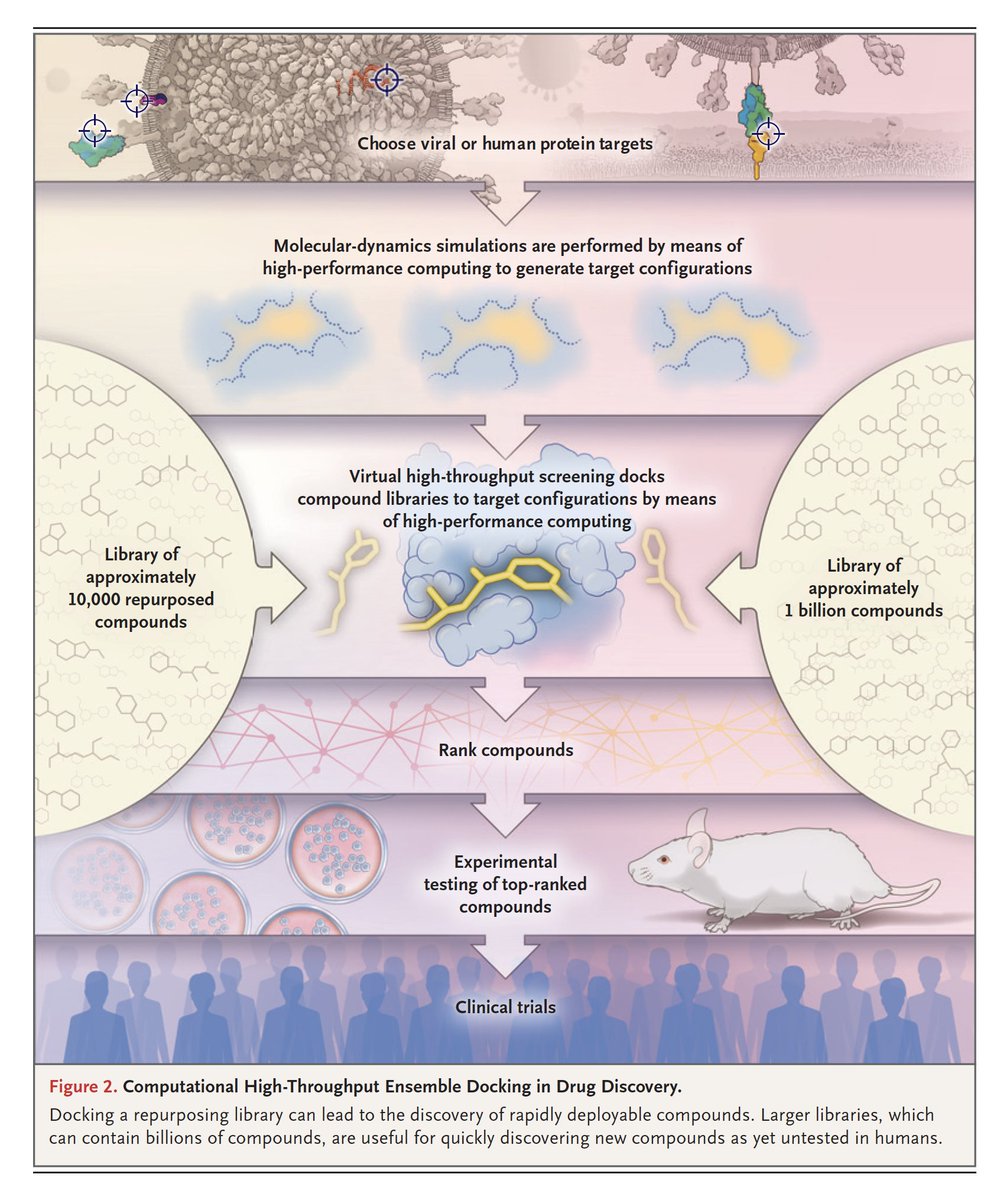A recent preprint meta-analysis says the rate is 16% medrxiv.org/content/10.110…
But we (@danieloran and I) believe it is >30%.
scripps.edu/science-and-me…
Which is right?
1/x
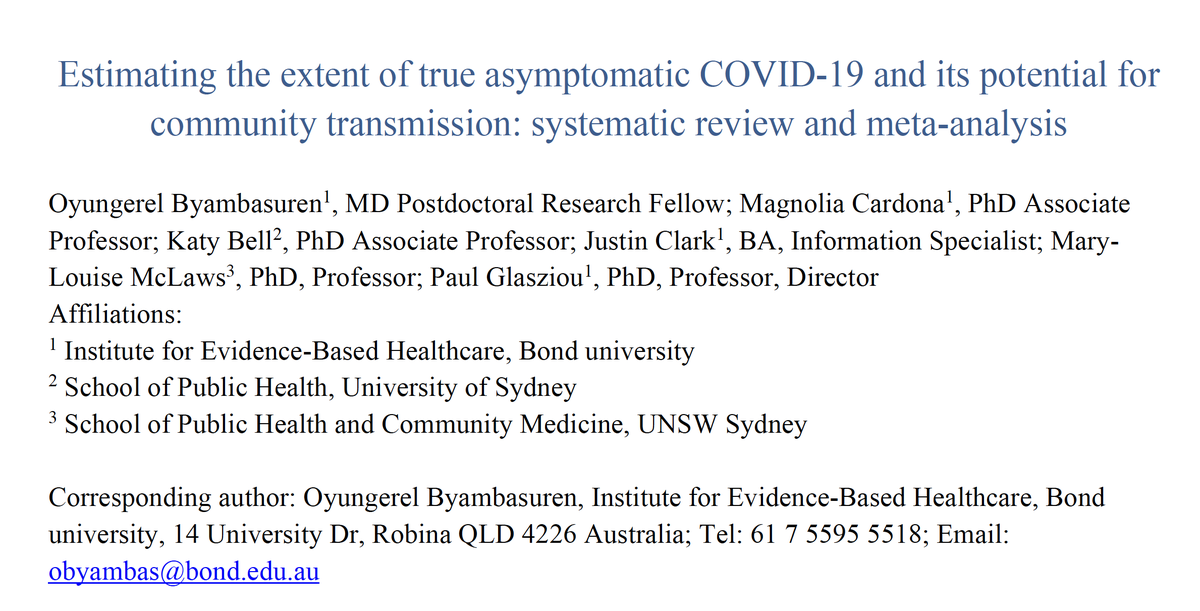
all links/ details:scripps.edu/science-and-me…
The heterogeneity is remarkable, from 6-96%.
But only 1 is <30%. And many are more representative
4/x
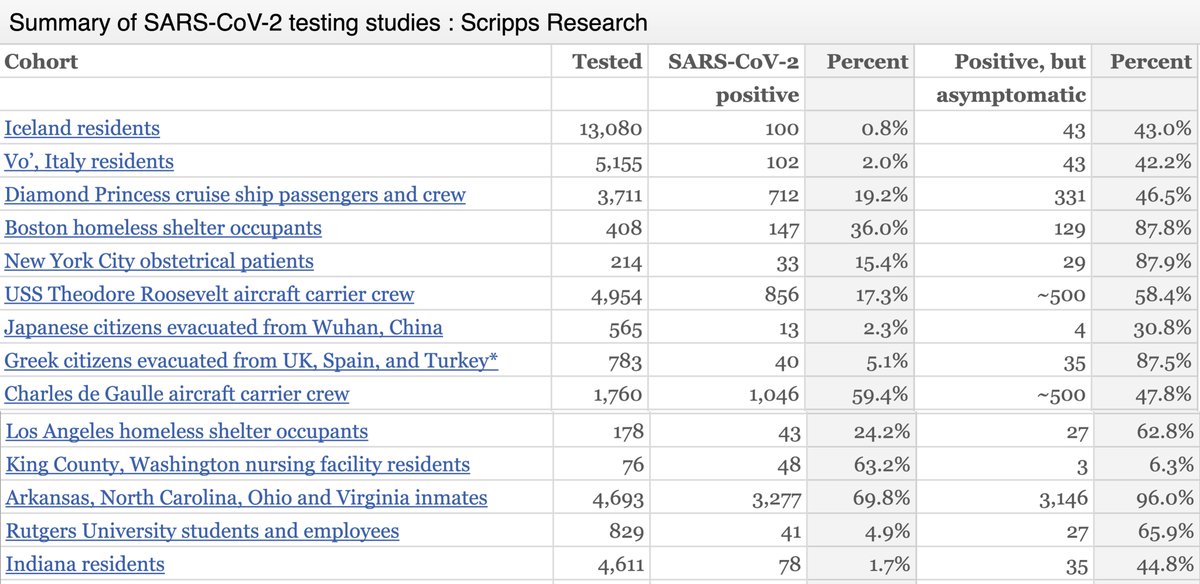
The real % is important beyond spread concerns. We know from the Diamond Princess that people w/o symptoms had significant lung injury by CT scans 5/x
An @NIH study in 10,000 people has launched
nih.gov/news-events/ne… but it uses seroprevalence as a proxy for missed infections.
We need a large, prospective, random sample of those w/ active infection to know. 6/x





